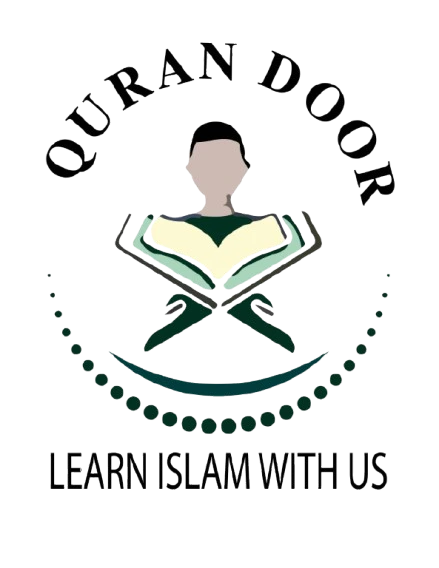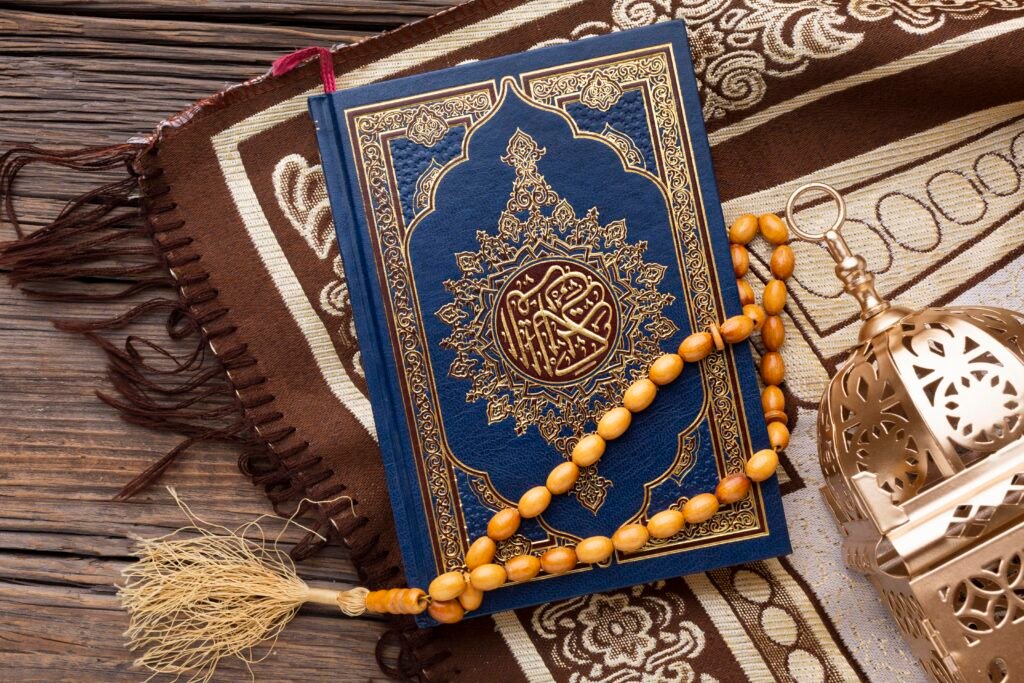Have you ever wondered about the heartbeat of Islam? The Quran, a book that has shaped the lives of over 1.8 billion Muslims worldwide, remains a mystery to many.
The Quran is more than a religious text; it is a cultural phenomenon. a historical artifact, and a source of endless fascination for both believers and scholars. Its profound impact extends beyond spiritual guidance, influencing cultures, histories, and academic discussions worldwide.
But what exactly is the Quran? Why does it hold such immense power over the hearts and minds of millions? From its poetic verses to its profound teachings, the Quran is a complex tapestry of faith, guidance, and wisdom.
Whether you’re a curious newcomer or a lifelong student of religion. understanding the Quran is key to grasping the essence of one of the world’s major faiths.
In this comprehensive guide, we will unlock the profound mysteries of the Quran. Explore its definition, significance, and intricate structure, and delve into its revelation and compilation.
We will examine the Quran’s unique language and literary style. and investigate the scientific and historical claims it presents.
Join us as we embark on an enlightening journey through the Quran’s profound teachings and insights. So, buckle up for an enlightening journey through the heart of Islamic scripture!

